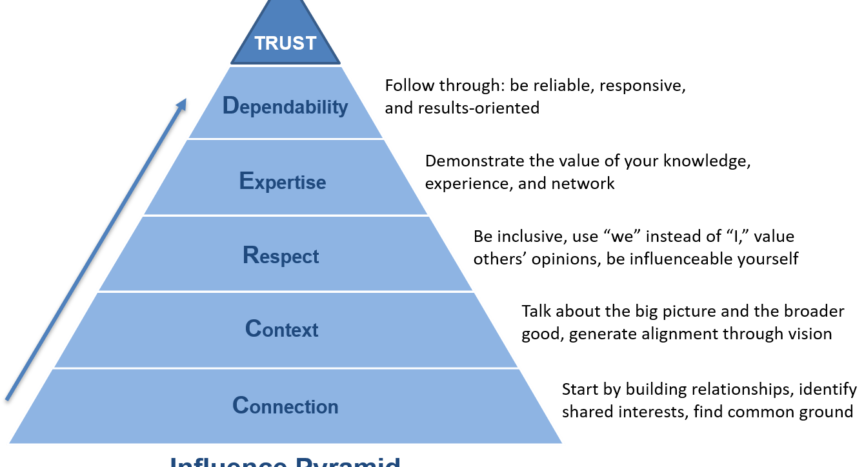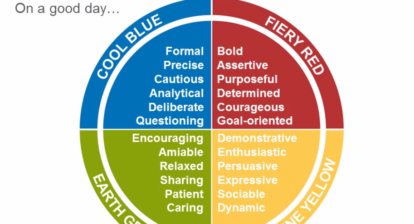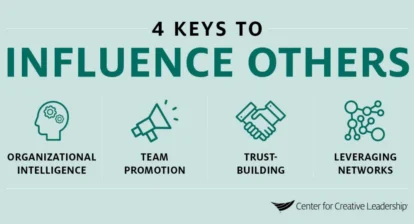We often hear the phrase, “Influence is an art.” But did you know it’s also deeply rooted in science? That’s right; there’s a method to the madness. If you’ve ever wondered why certain messages resonate more than others, or why you’re more inclined to listen to some people over others, you’re about to unravel some intriguing mysteries.
1. The Psychology of Persuasion
Reciprocity: Ever noticed how we often feel compelled to return a favour? This is because humans naturally want to give back when something is given to them. In terms of influence, this means that if you help someone, they’re more likely to want to help or listen to you in return.
Consistency: We humans like to appear consistent in our actions and decisions, especially if we’ve made them public. This is why commitments, especially public ones, can be powerful influencers.
Social Proof: We’re pack animals. When we see others doing something, we’re more inclined to follow suit. It’s the “everyone’s doing it” mentality.
2. The Power of Emotion
It’s not always about logic; our emotions play a significant part in our decision-making processes.
Storytelling: Stories evoke emotions. We are more likely to be influenced by a message wrapped in a story because it makes us feel something.
Empathy: Understanding and sharing another person’s feelings can be a powerful tool for influence. If we show we genuinely understand someone’s viewpoint or feelings, they’re more likely to trust and listen to us.
3. Cognitive Biases
These are systematic patterns of deviation from norm or rationality in judgment, making us perceive reality based on our subjective perspectives.
Confirmation Bias: We tend to seek out information that confirms our pre-existing beliefs. Knowing this can help tailor messages to an audience’s existing beliefs and values.
Authority: We are more influenced by people we perceive as credible experts. This doesn’t mean we need to be an expert in everything, but displaying confidence and competence in our field can enhance our influence.
4. The Law of Scarcity
People want more of what there is less of. Sounds paradoxical, right? But it’s true.
Limited Time Offers: This is why limited-time offers are so effective. They create a sense of urgency.
Exclusive Access: When people feel they’re getting exclusive access to something, they value it more.
5. Non-verbal cues
Words are powerful, but non-verbal cues can be equally influential.
Eye Contact: Maintaining appropriate eye contact can make someone feel heard and important, increasing your influence over them.
Body Language: Open and positive body language can make you appear more trustworthy and persuasive.
Influence is indeed a fascinating interplay of art and science. While we can’t control all factors, understanding the underlying mechanisms can surely elevate our influencing game. So next time you’re trying to persuade someone, remember: it’s not just what you say, but how and why it resonates!
Stay curious, keep learning, and here’s to mastering the art (and science) of influence!





